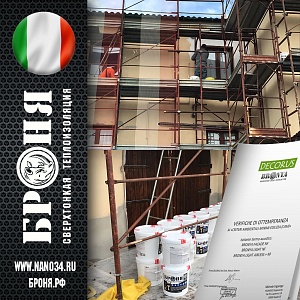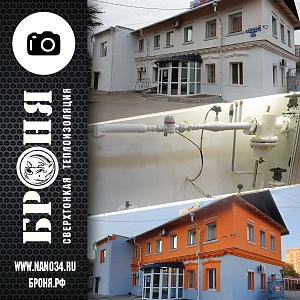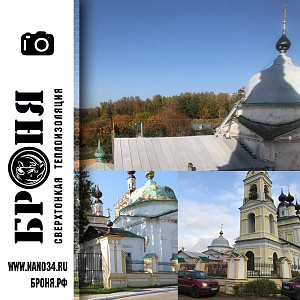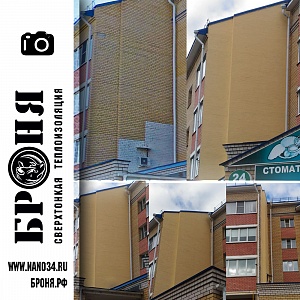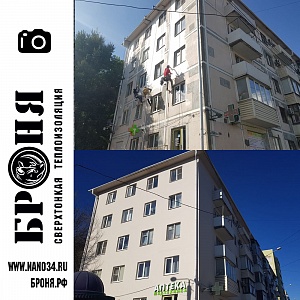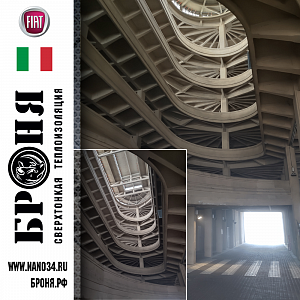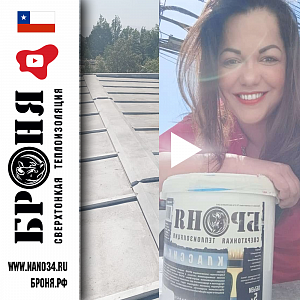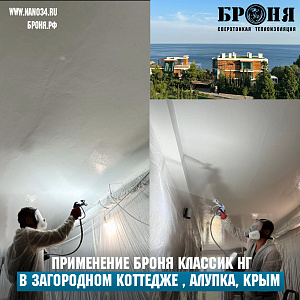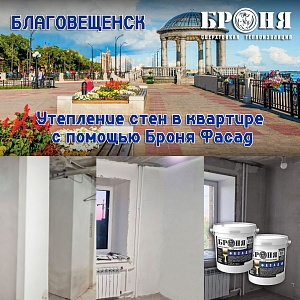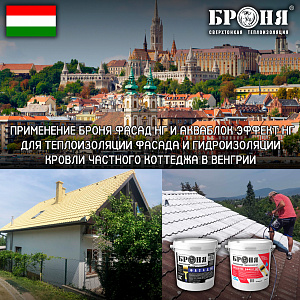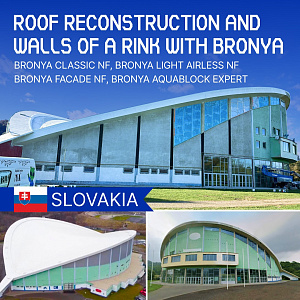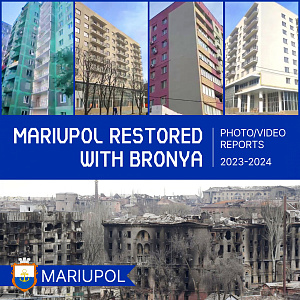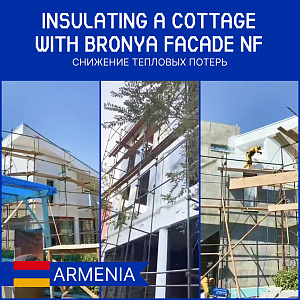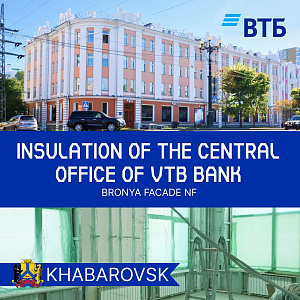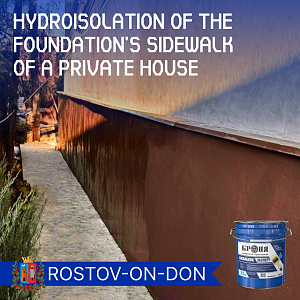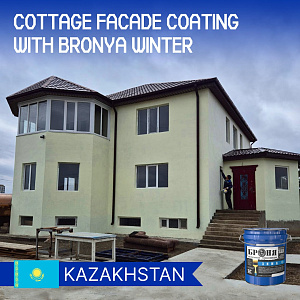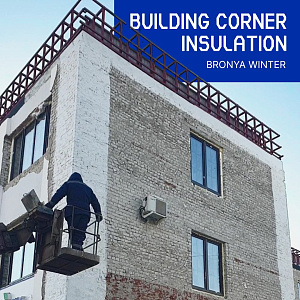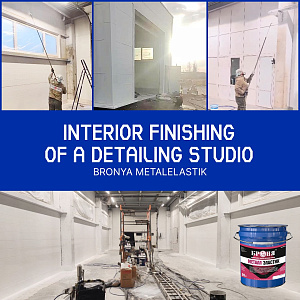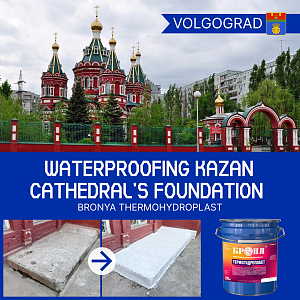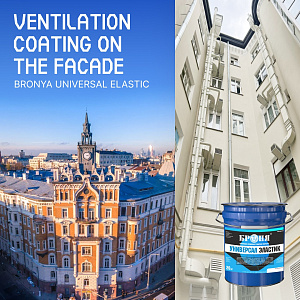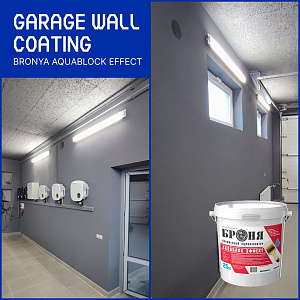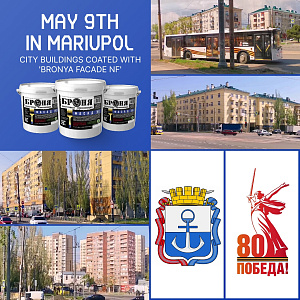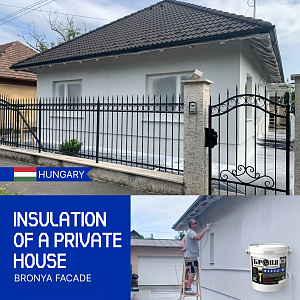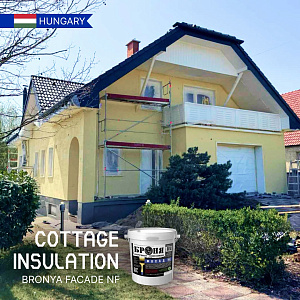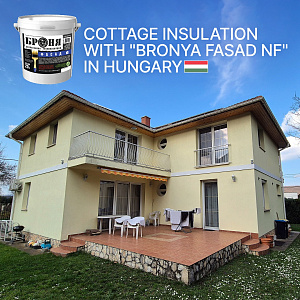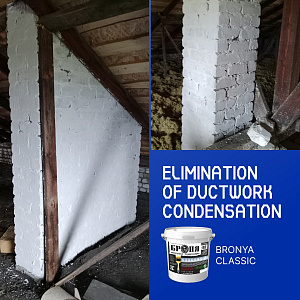
For the last several years Russia experienced dramatic increase in energy carriers cost in industry and public municipal service. For this reason, power saving has become one of the topical issues. Primary way to save fuel and power resources is to decrease heat loss by installing enclosing structures.
It has long been known that in Russia, expenditures for residential buildings heating in winter period is 2.5-3 times more than in Finland, Germany and Scandinavian countries. Reference fuel consumption for daily living needs is currently about 370 million tons, 120 millions of which are consumed by public municipal service. Consumption of heat power for multiple storage buildings heating in central Russia is up to 600 kWh/m2, whereas in Scandinavian countries and in Finland, only 135 to 150 kWh/m2 is consumed for heating of identical buildings what is four times less. Main reason for such high power consumption is that walls of our buildings do not correspond to up-to-date heat protection requirements and let frost penetrate inside. This is most true for large-panel buildings with haydite concrete blocks. Liquid ceramic thermal insulation Bronya is ideal for thermal insulation of building facades, interpanel joints, window and door reveals, recessed and standard balconies, projecting parts of steel and concrete structures or monolithic slab ends.

| Scope of application | Advantages and efficiency |
|---|---|
|
Scope of application Thermal insulation of building facades during construction, reconstruction and restoration |
Advantages and efficiency ■ Reduction of heat loss ■ Elimination of thermal bypass ■ No additional foundation load ■ Reduction of excessive humidity of stonework and improvement of its thermotechnical characteristics during restoration works. ■ Possibility to insulation complex architectural facades ■ Protection from adverse atmospheric effect, weather conditions and structural damage ■ Outside wall temperature equalization, protection of enclosing structures from temperature differences ■ Reduction of capital and operating costs for facades repair, increase of time between overhauls ■ Application in hard-to-reach places ■ Effective for protection of building facades exposed to wind load with high salt content (coastal areas) |
|
Scope of application Thermal insulation of internal surfaces of living quarters and production facilities enclosing structures |
Advantages and efficiency ■ Reduction of heat loss ■ Elimination of wall freezing ■ Prevention from condensate and mold when repairing "problem" apartments ■ Preservation of room useful area ■ Improvement of light intensity ■ Application in hard-to-reach places ■ Reduction of labor cost and working time compared to other techniques |
|
Scope of application Thermal insulation of building, metal shed, garage roofs and mansard floors. |
Advantages and efficiency ■ Reduction of heat loss ■ Protection from direct sunlight, prevention from indoor warming up ■ Creation of comfort work conditions ■ Reduction of conditioning expenditures ■ No additional foundation load ■ Anticorrosion protection ■ Reduction of labor cost and working time ■ Application in hard-to-reach places |
|
Scope of application Thermal insulation of window and door reveals, recessed and standard balconies, projecting parts of steel and concrete structures, monolithic slab ends; |
Advantages and efficiency ■ Reduction of heat loss ■ Elimination of thermal bypass ■ Prevention from condensate formation ■ Reduction of labor costs and working time compared to other techniques ■ Application in hard-to-reach places |
|
Scope of application Interpanel joints |
Advantages and efficiency ■ Reduction of repair and overhaul costs ■ Reduction of heat loss |
|
Scope of application Installation of reflecting screens for heating radiators |
Advantages and efficiency ■ Protection from structural damage ■ Reduction of heat loss ■ Equalization of thermal load on outside building walls ■ Reduction of repair and overhaul costs |

